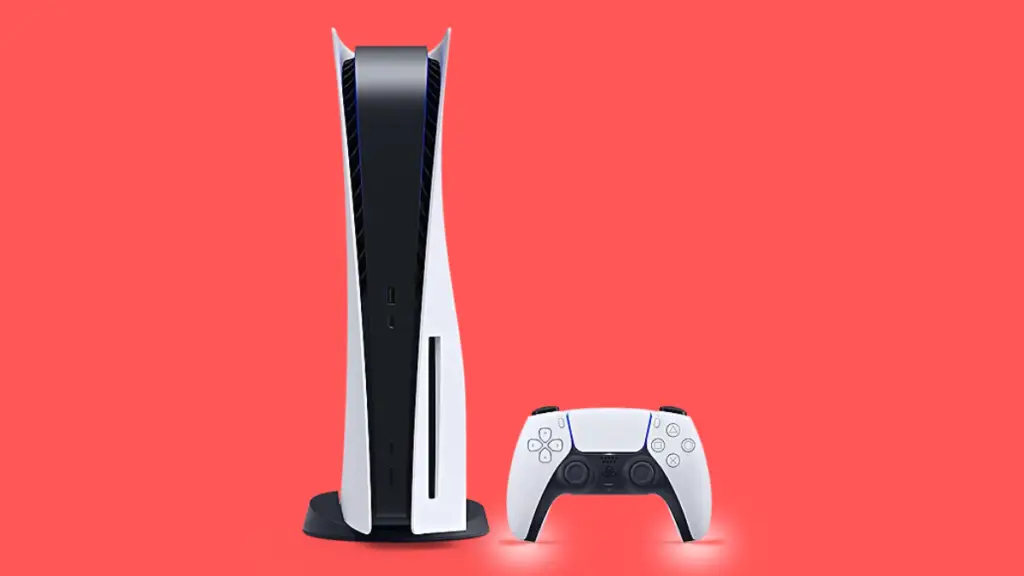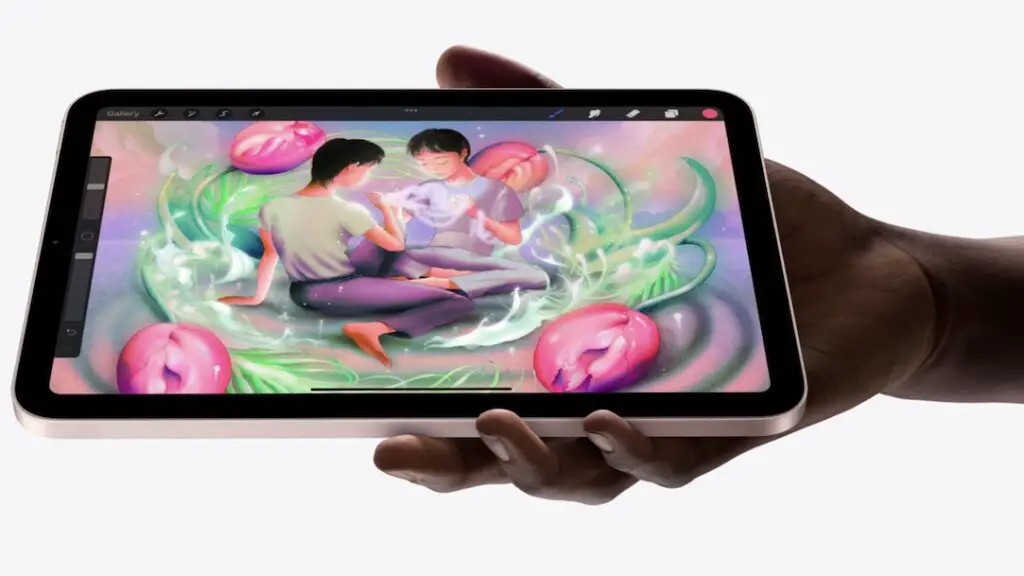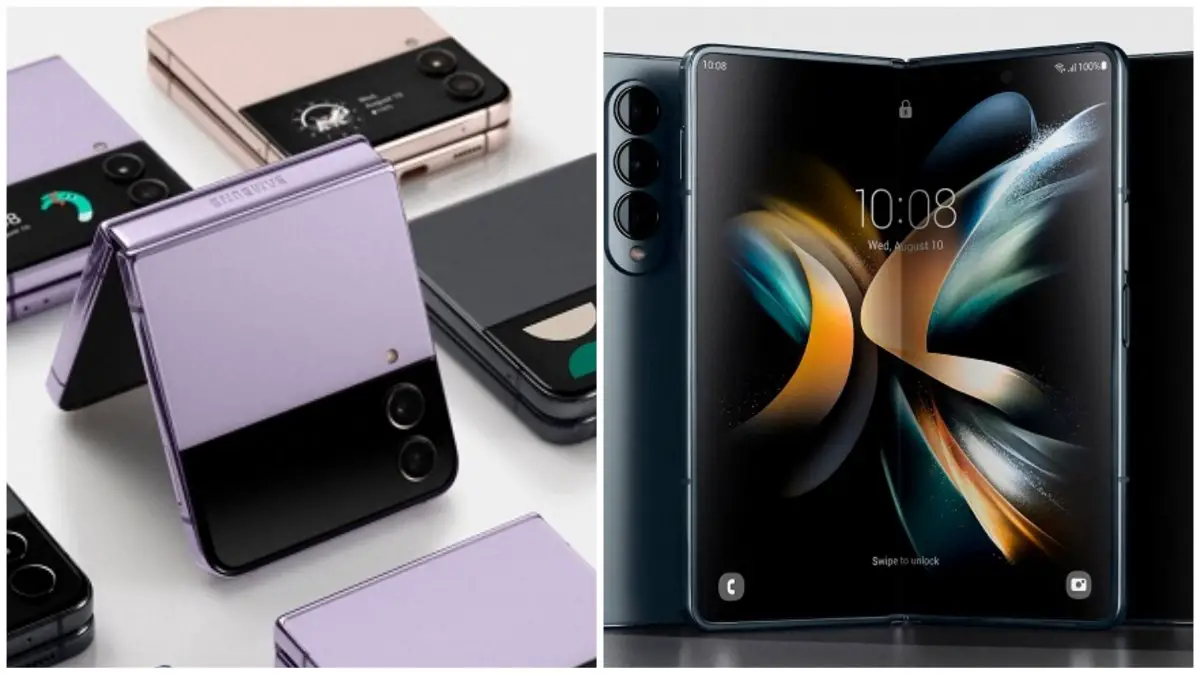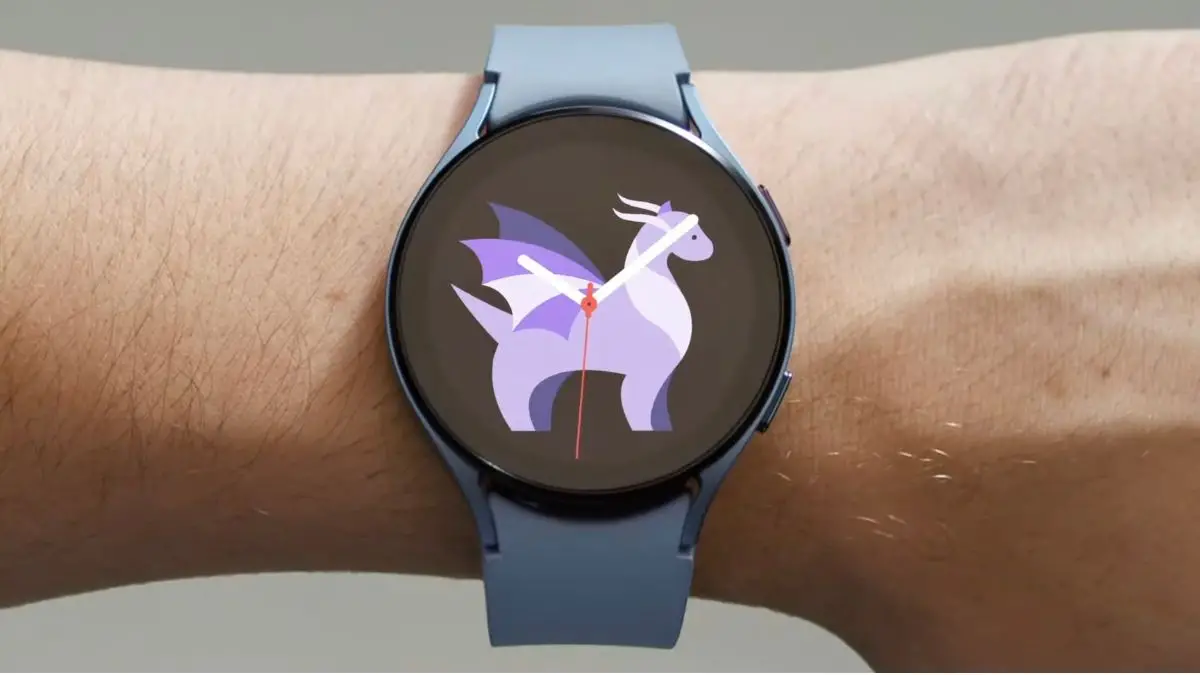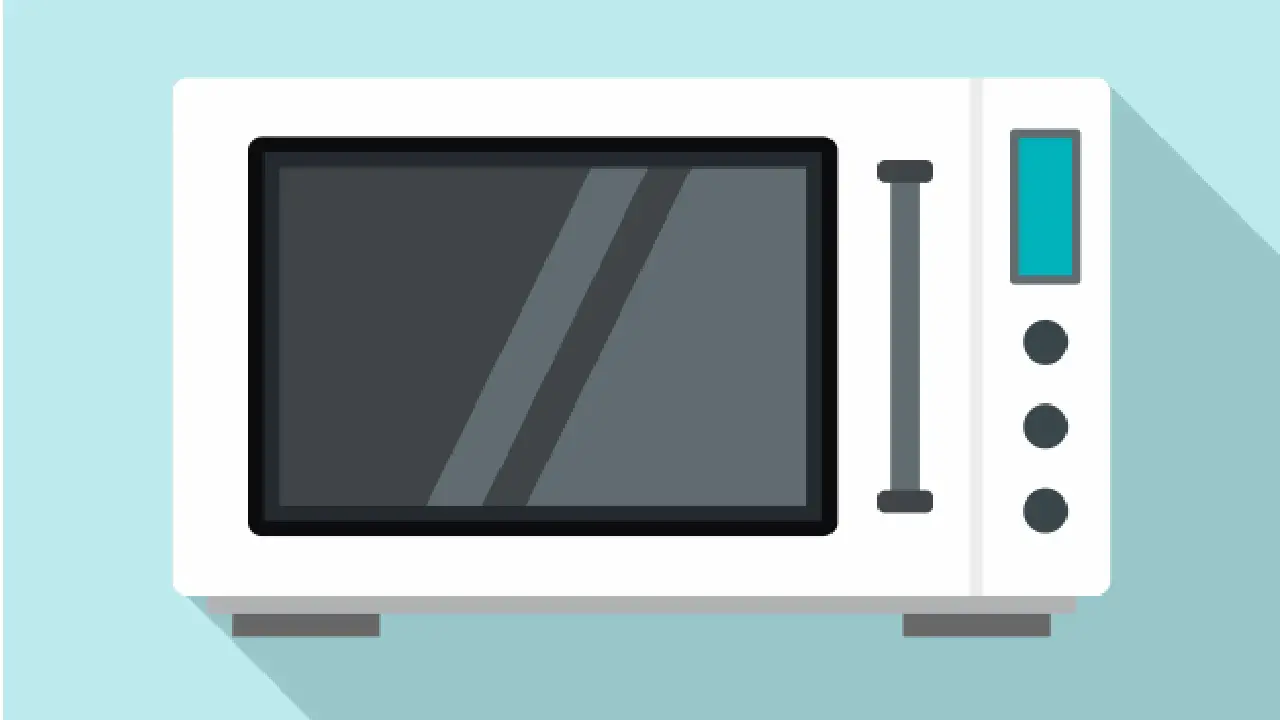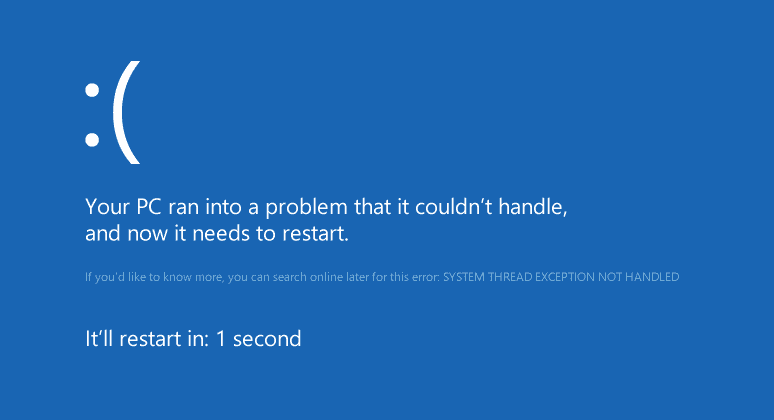U.S. Follows EU In Trying To Make Type-C Port Required On All Devices
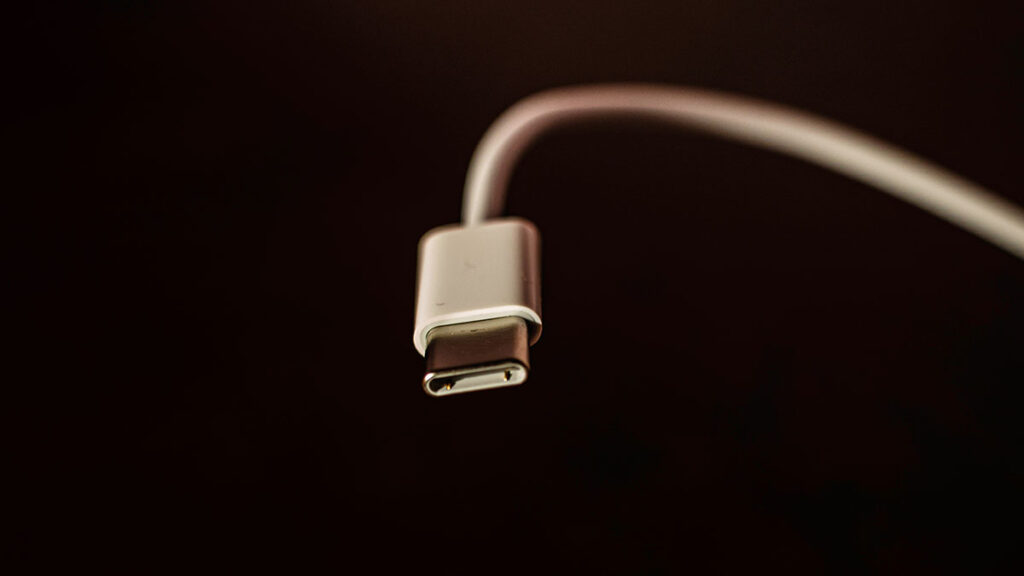
The need to always use a different charger is still an issue with modern cellphones. It’s annoying when a new gadget requires a different charging cord since the port has been changed.
You may be relieved to hear that the United States is considering a policy that addresses the “lack of interoperability standards for chargers and other device accessories,” which is a common source of consumer aggravation.
Apple is maintaining its stance
The legislation being considered by politicians in the EU to prohibit the use of private charging cables has been closely followed by the authorities in the United States. United States Senators Bernie Sanders, Ed Markey, and Elizabeth Warren are said to have written a letter to the Secretary of Commerce, Gina Raimondo, according to several news outlets.
They requested in the letter that her department develop a comprehensive plan to reduce the amount of e-waste produced by enabling a mutual charging system.
The senators stated in their letter that customers find it annoying and expensive when proprietary charging protocols are used, such as Apple’s Lightning connector. They went on to say that this contributes to the already rising problem of electronic waste.
It is essential to point out that it took the EU several years to approve its charging port agreement; hence, it is possible that the United States will not make any rapid changes. If it is successful in implementing such a fundamental shift, it is possible that by the year 2024, all mobile devices, including smartphones and tablets, will use the same type of charger, which will most likely be a USB-C port. Apple is the only company that does not yet have a charging port that is compatible with USB-C in their smartphones.
Apple’s response
Apple has been quite vocal about its opposition to the concept of standardized charging, citing the fact that the corporation believes it stifles ‘innovation’ and produces more electronic waste. It is already speculated that the firm would include a USB-C connector in the iPhone 14 and the iPad with a lower price point that will be released in the near future.
In a similar vein, the M1 MacBook Air is equipped with a USB-C connector, although the iPhone 13 is equipped with lightning, and so on. This suggests that if Apple adopts the concept of a “universal charger,” it would result in less clutter for end customers.
According to rumors, the company’s major objective is to make the iPhone totally port-less, regardless of the regulations that may be enacted in the EU. Because Apple has a history of deleting components deemed to be “vital” from its smartphone devices, such as the headphone port, we should anticipate that the company will do this.

-
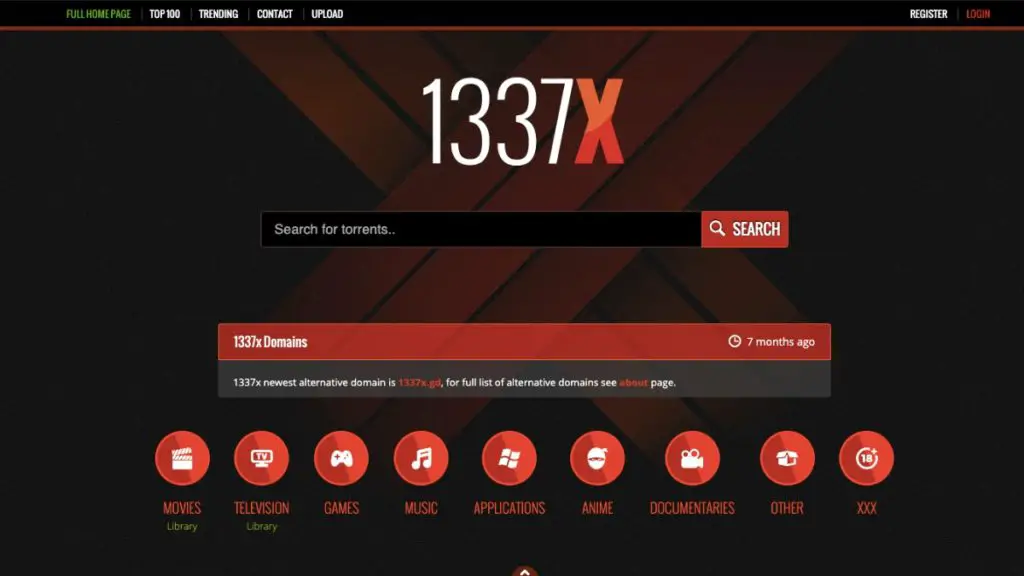
 List7 months ago
List7 months ago1337x Proxy List For 2022 [100% Working 1337x Mirror Sites]
-
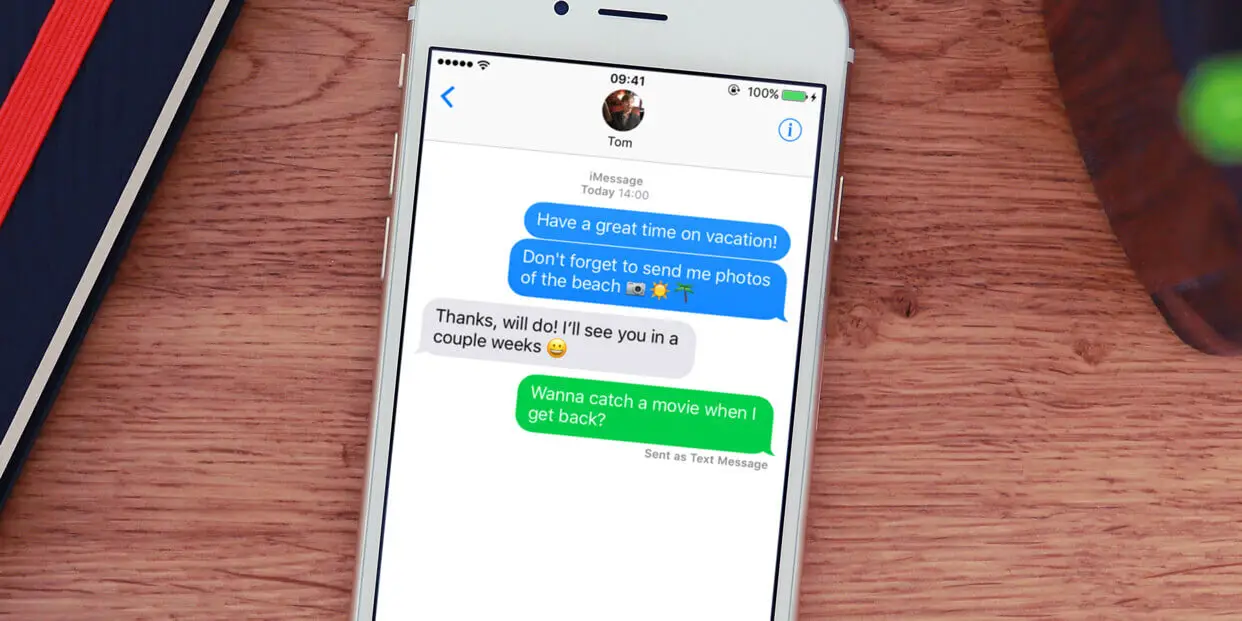
 Explained7 months ago
Explained7 months agoWhy Did iMessage Turn Green Explained!
-
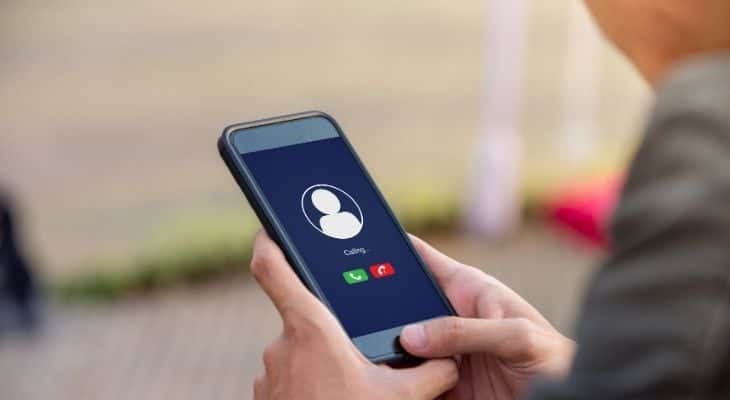
 How Tos7 months ago
How Tos7 months agoHow To Get A Specific Phone Number for yourself?
-

 List3 years ago
List3 years ago11 Best Music Players for Android Auto
-
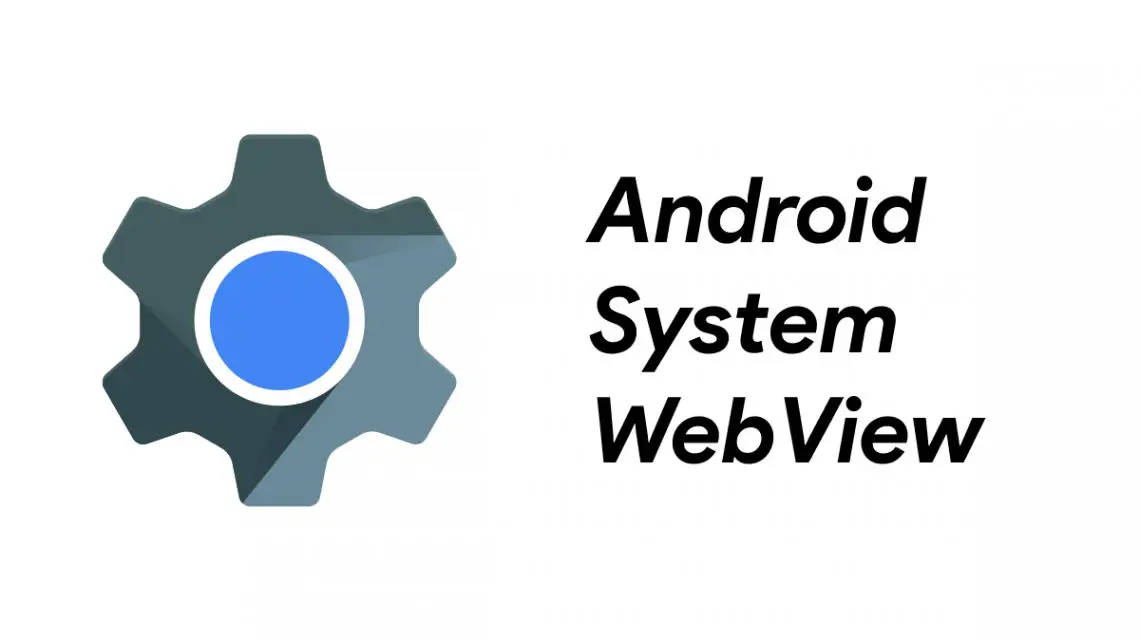
 Explained7 months ago
Explained7 months agoWhat is Android System WebView? Should You Delete it?
-

 How Tos7 months ago
How Tos7 months agoHow To Fix This Webpage Is Not Available Error In Google Chrome
-
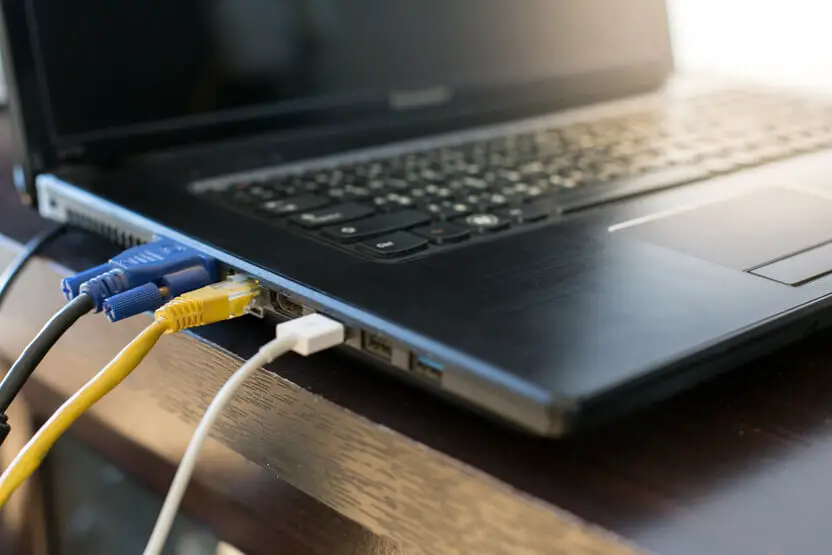
 Explained7 months ago
Explained7 months agoHow Can Monitors Be Connected By USB? (Explained)
-
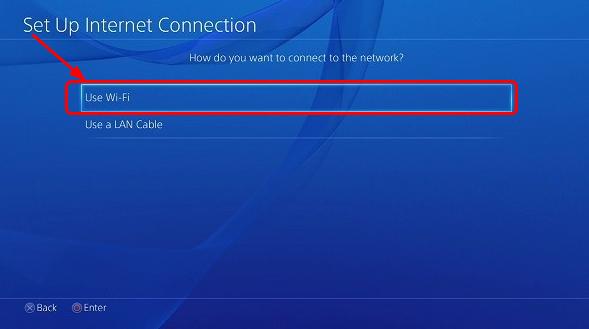
 Gaming7 months ago
Gaming7 months agoWhy Can’t I Connect to 5GHz WiFi On PS4? [Solved!]

